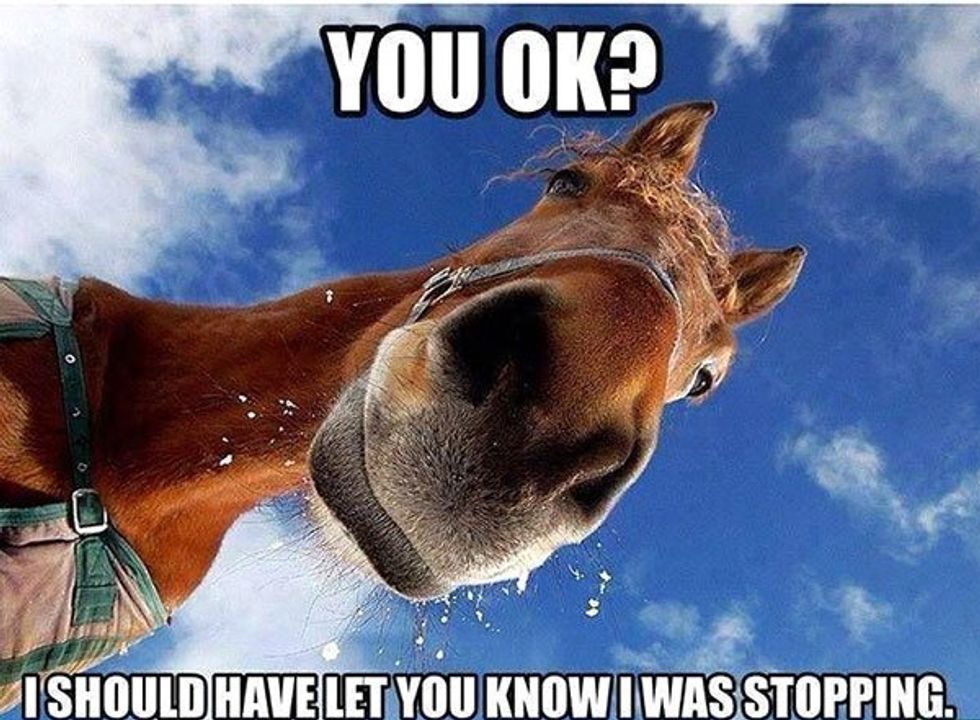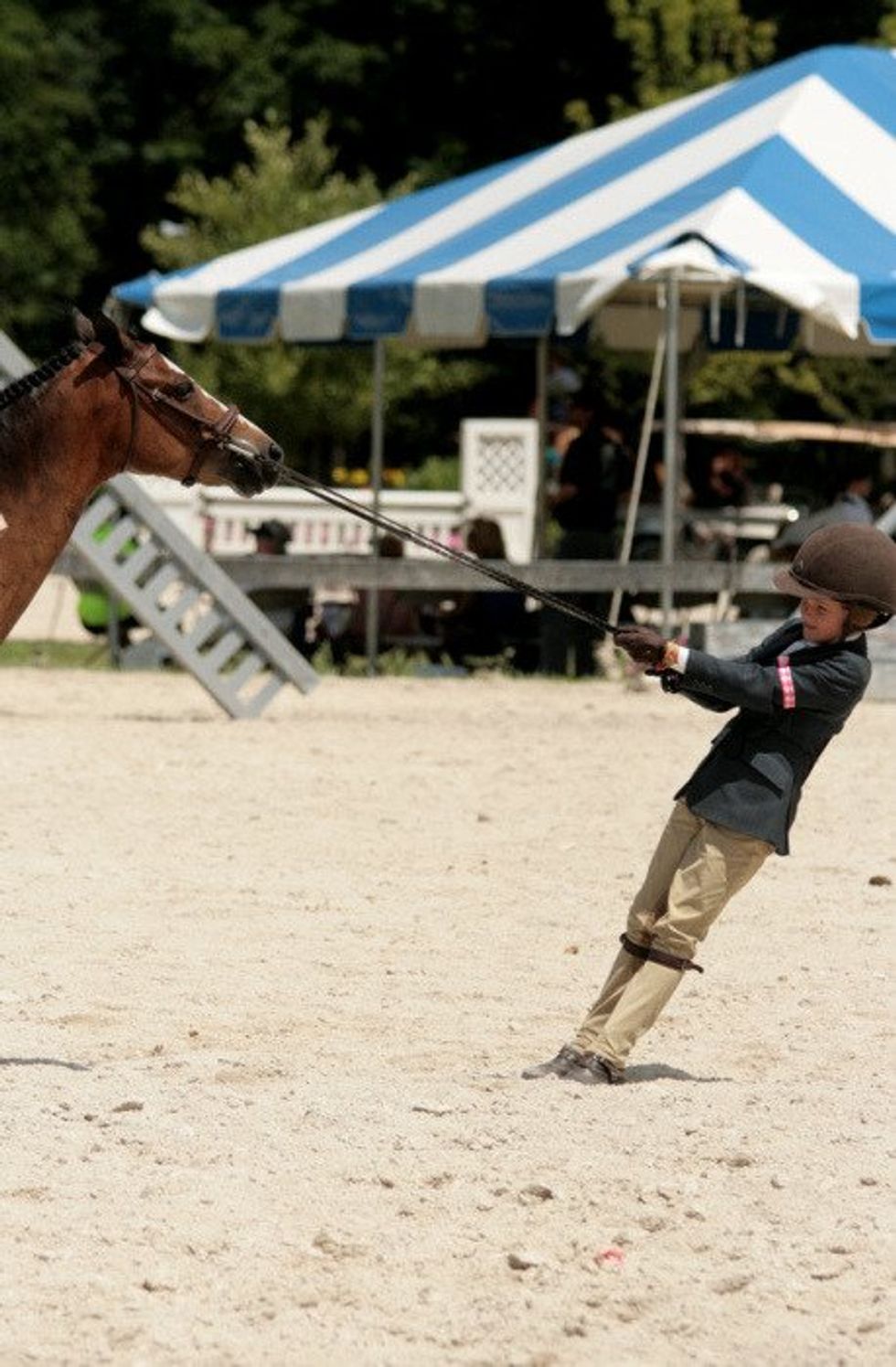Please note: I’m a leader of several student groups on the Wichita State campus and this article is geared toward organizational leadership.
Jimmy Collins, former President and Chief Operating Officer of Chick-fil-A, wrote a book about being a good follower. In “Creative Followership,” Collins lays out the ways subordinates can be the best followers for their leaders. One of my favorite concepts from his book is that it’s “better to restrain mustangs than kick mules.” The concept is that leaders want people to be passionate about their jobs or roles in life. Those who care and are enthusiastic go further because they’re always pushing the limits in a good way. Those that simply sit back and do not work toward the goal or think outside of the box end up hurting the organization.
In his book, “Motivating the Middle,” T.J. Sullivan notes that there are three levels of involvement: top performers, middle performers, and bottom performers. The point he makes throughout the book is that for each activity we are involved with, we fall into one of those three categories. Those at the top do most of the work while those at the bottom contribute very little. Those in the middle could go either way. Sullivan points out that leaders often invest most of their time into the bottom section and become burnt out. Instead leaders need to invest time into the middle—those who are in a limbo of sorts—and the top performers.
Imagine being determined to fill three gallon-jugs with water. One is mostly filled up already, one is about halfway, and the other is empty with holes in the bottom. As your pour in to each of these jugs, you are able to see that the first one does not need much water, the second needs a good amount and fills up through a consistent stream, and the third never gains any water. Unfortunately, no matter how determined you are or how hard you try, you won’t be able to fill that third jug. Even if you can’t fill that jug (help that person find their passion), it does not mean someone else can’t fill it instead.
Part of being a good leader for a student group is helping people discover their passions and then encouraging them to pursue them, even if it means leaving your group. Imagine a college counselor working with a degree-confused student. They can either try to convince the student to stick with their current unpassionate plan or encourage them to follow their other interests through another plan.
In every leadership position I have ever been in I have found this idea to be true. I want the members of my group to be passionate about involvement, life, school, family, sports, Netflix, etc. But more importantly, I want to support them in making decisions that reflect their passions, even if it means my group isn’t the best spot for them. Invest in those who are currently passionate or have the potential to be passionate. Let the ones who don’t care leave, and then support their choices as they find their passion as well.



















 teenhorseforum
teenhorseforum














